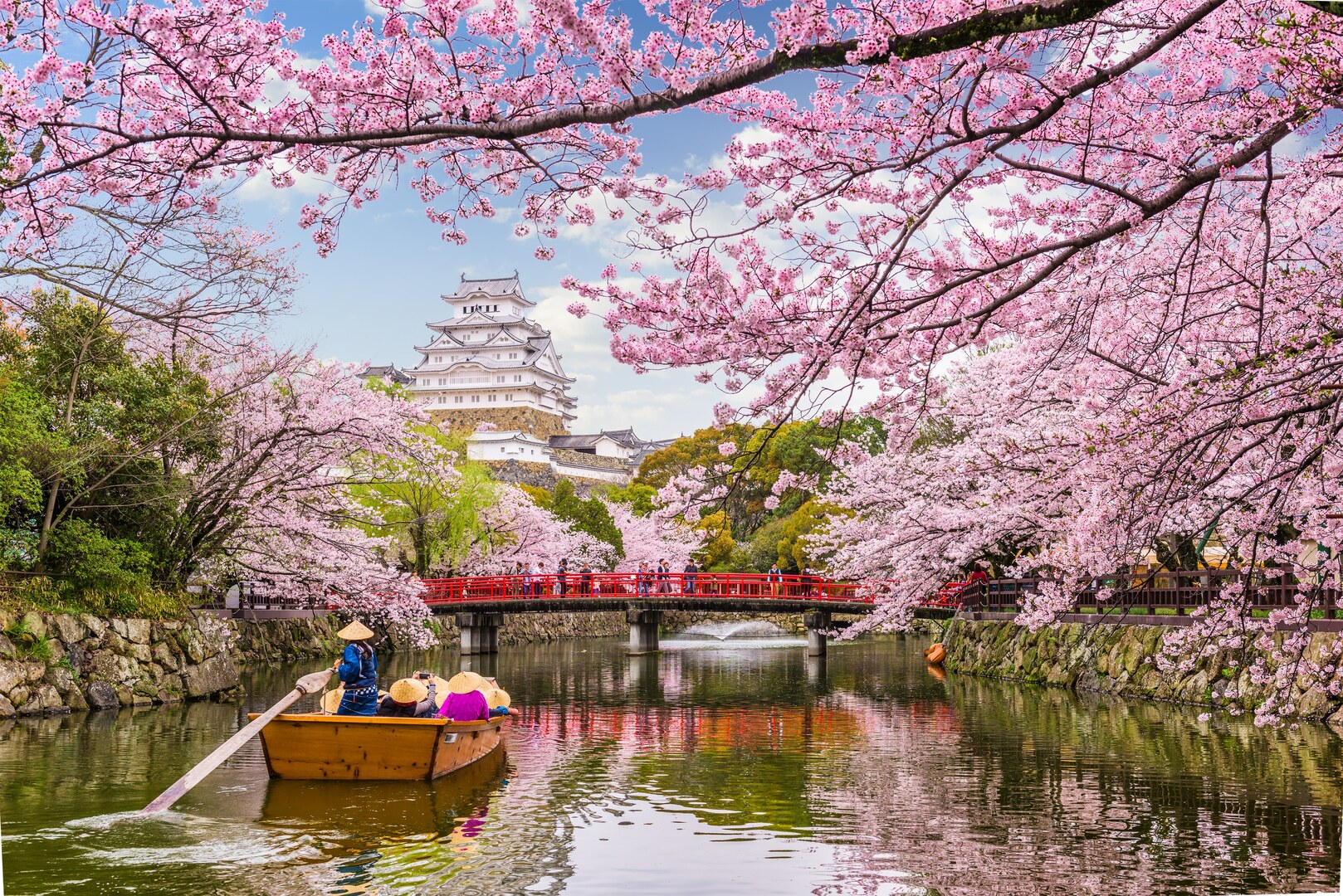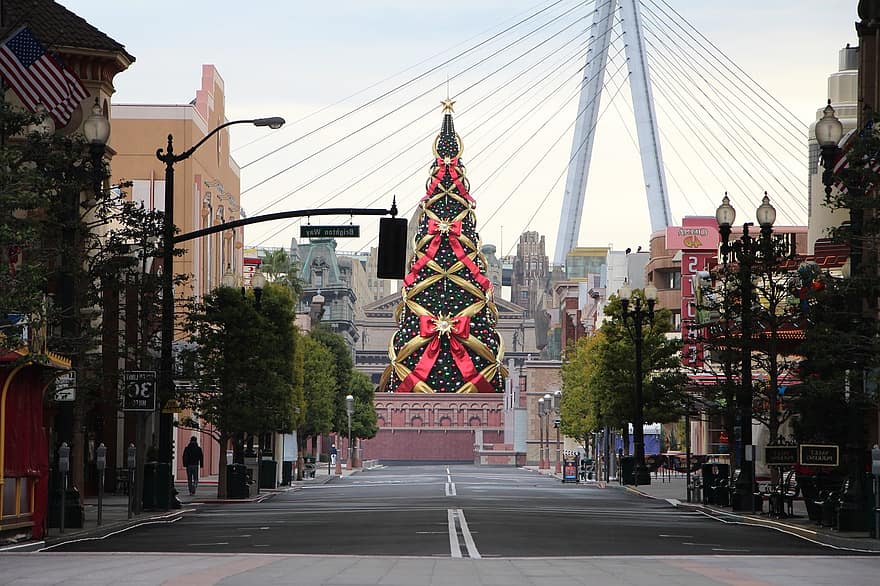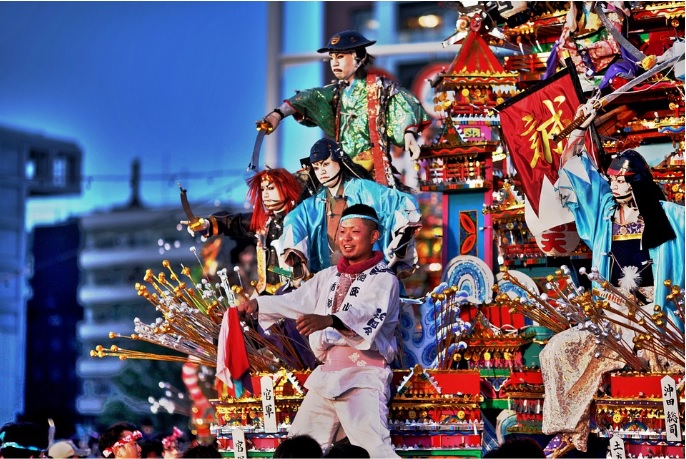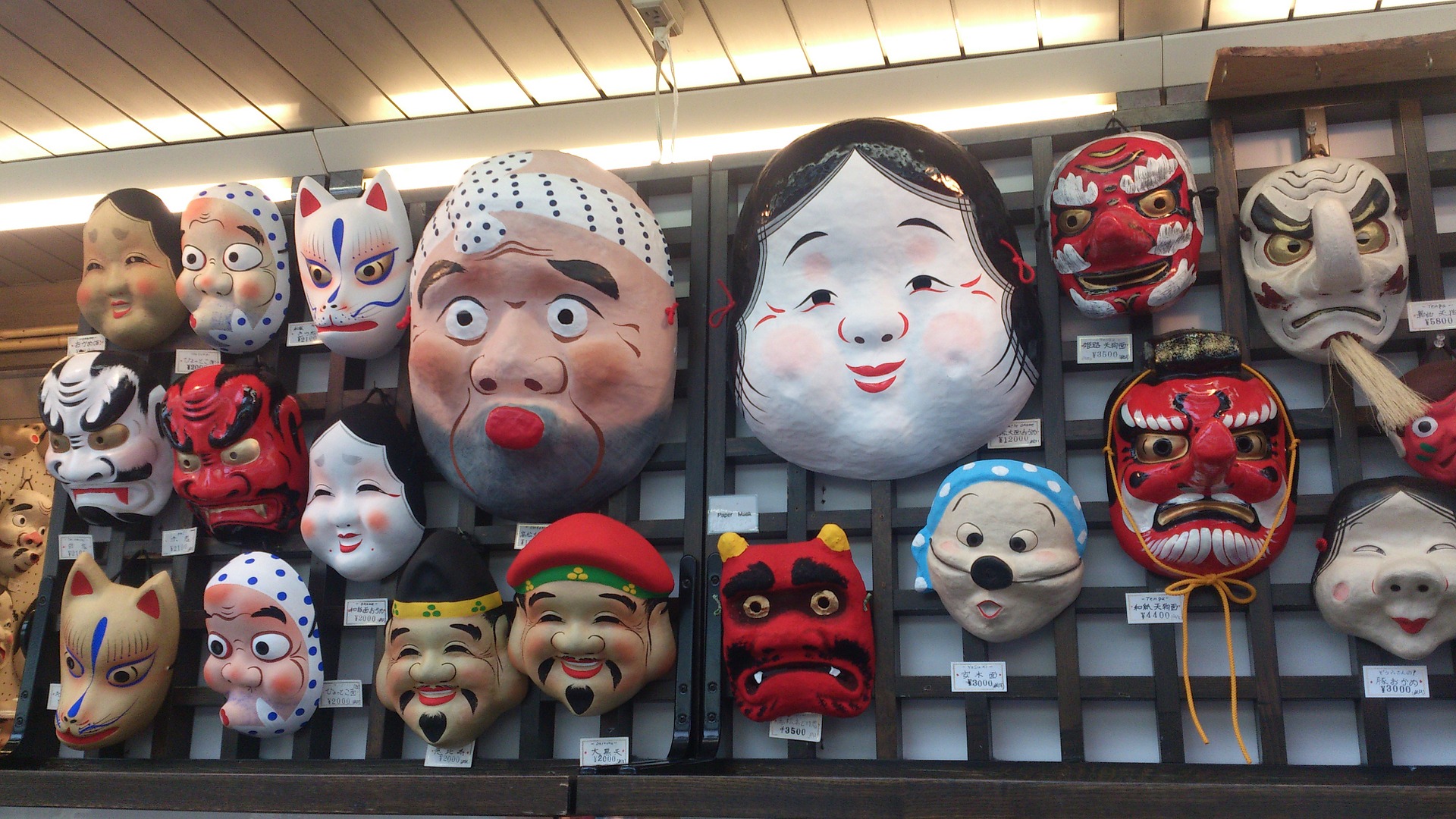
Does Japan love masks? Absolutely! From the various kinds of masks used in theatre, to the modern black masks as fashion statement, behind them are marks of the rich history and culture of the nation.
You have seen them in several anime or Japanese films. Some of them look hilarious, some express no facial expression, and some are eerie.
It's no doubt, Japan is a fond of masks.
Here are some of the kinds of masks that you will see in Japan:
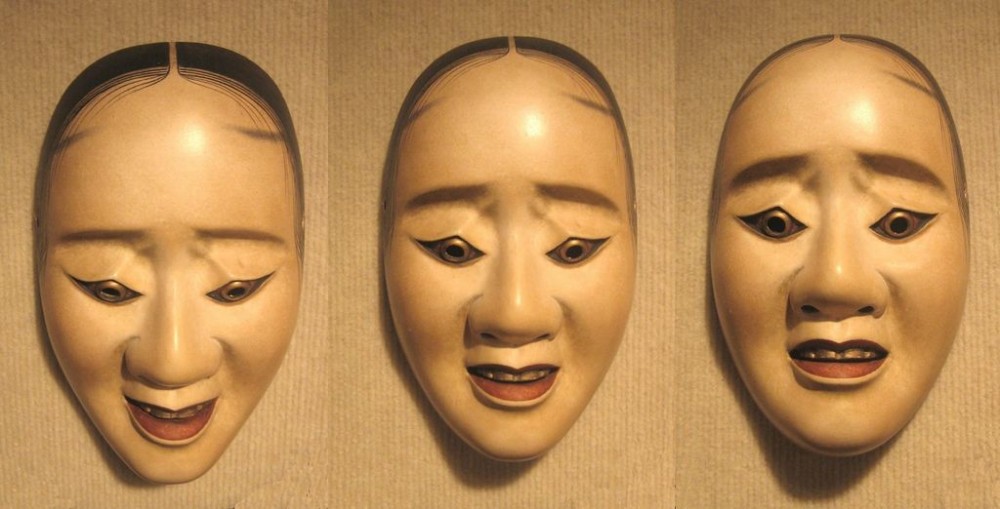
1. Noh Masks - These masks are the most popular in Japan. They are used in musical plays, especially in a Noh peroformance. These special masks can convey different emotions depending on the angle in which the mask is seen or lighted.

Photo by Marshall Astor. Licensed under Creative Commons. (https://creativecommons.org/licenses/by-sa/2.0/deed.en)
2. Samurai Masks - Mempo or samurai masks are added protective cover in the face when the dauntless soldiers are in a battle. Not only designed for defense, these masks also strike terror in the enemy's chest. Samurai masks are tailored depending on the personality and preferences of each samurai.
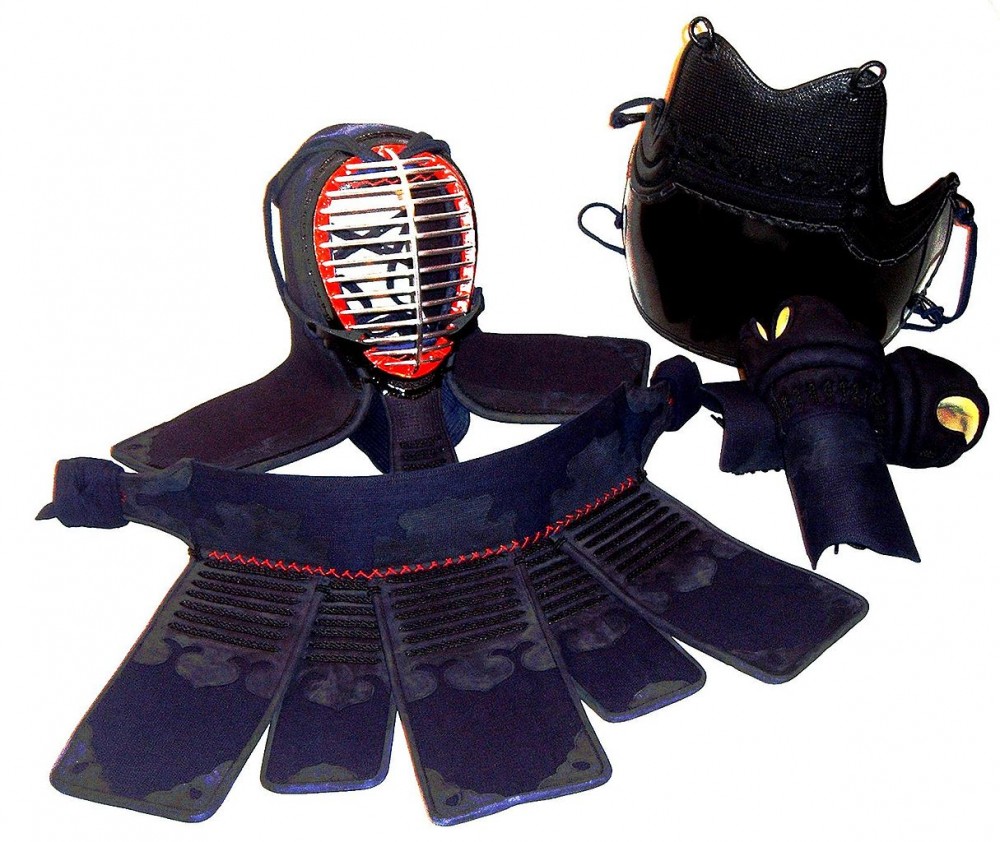
Photo by Pacifier. Licensed under Creative Commons. (https://creativecommons.org/licenses/by-sa/3.0/deed.en)
3. Kendo masks - The Japanese version of fencing is kendo. Just like the samurai mask, these are made to protect the face against swords.
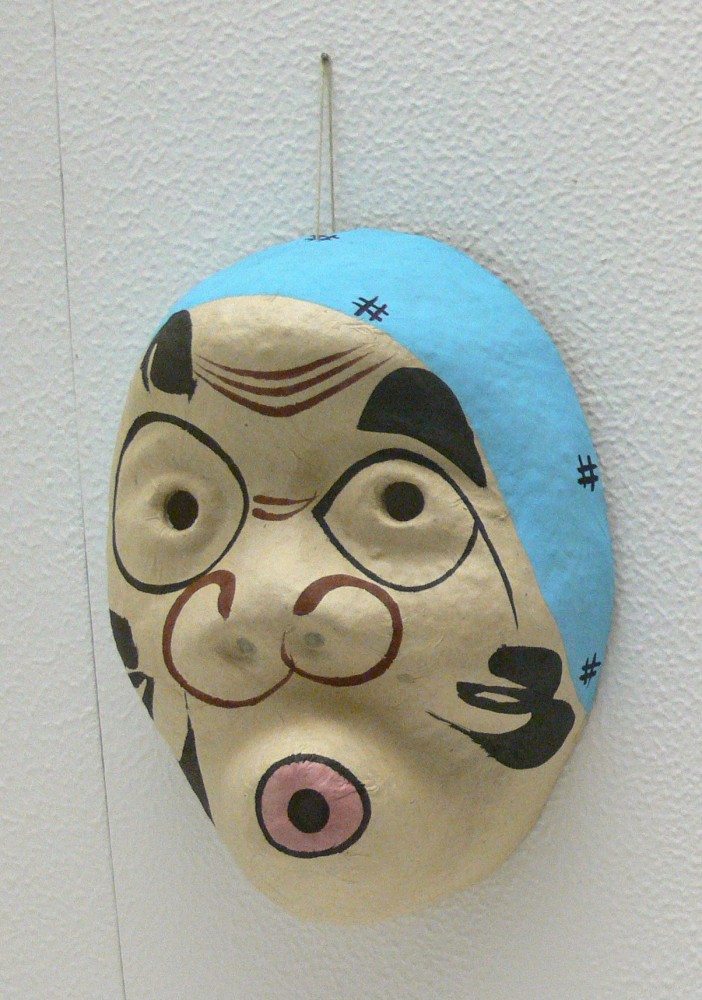
4. Hyottoko - It is one of the most interesting masks because of its "distorted" kind of facial expression. The explanation is, he blows through a bamboo pipe. Its name, Hyottoko, is derived from the words, hi (fire), and otoko (man).
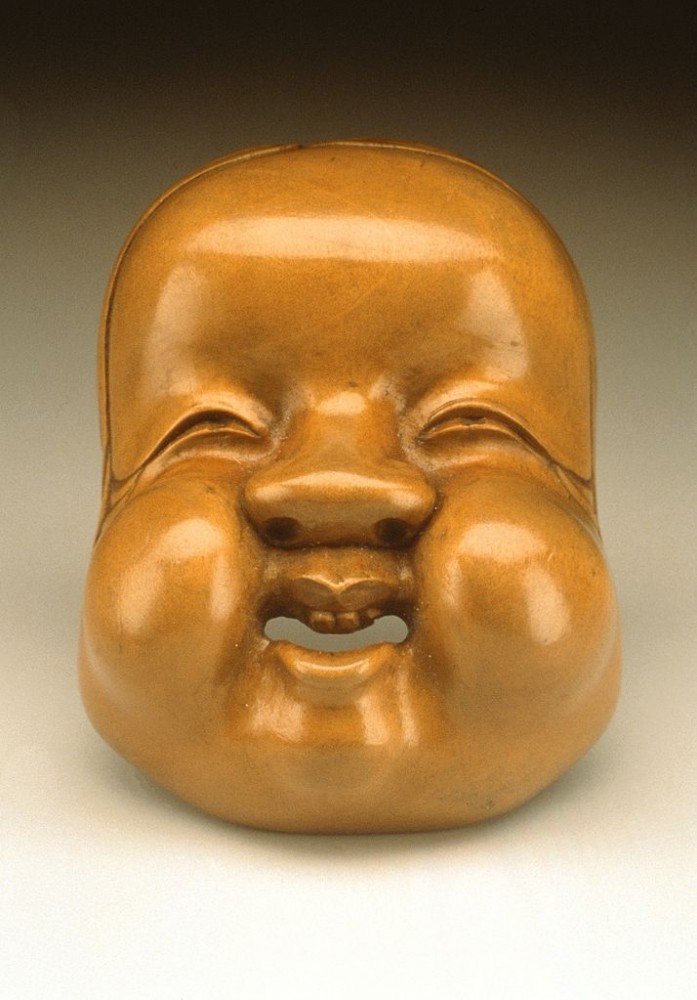
5. Okame - This one is the female counterpart of Hyottoko. These two funny faced masks are often comes together as a pair. Okame is generally believed as a generous goddess who spread good fortune.
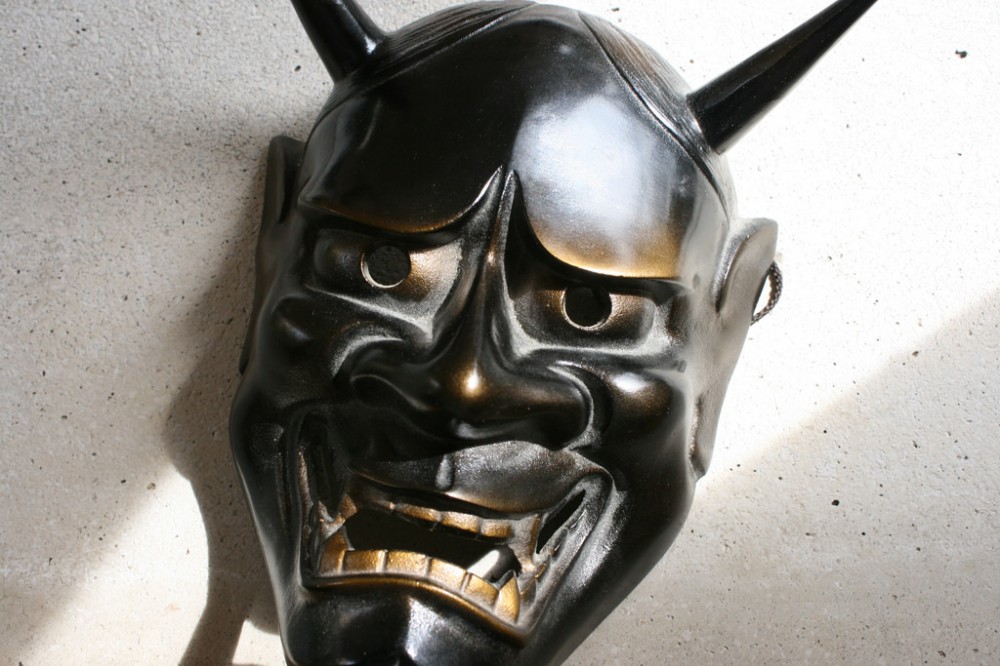
Photo by Tommaso Meli. Licensed under Creative Commons. (https://creativecommons.org/licenses/by/2.0/)
6. Oni - These are the Japanese interpretations of a demon or ogre. Oni masks range from being comical to incredibly scary. During the Setsubun Festival (Bean throwing), moms and dads wear oni to scare away their kids. In return, the kids throw beans to them, to scare them too.
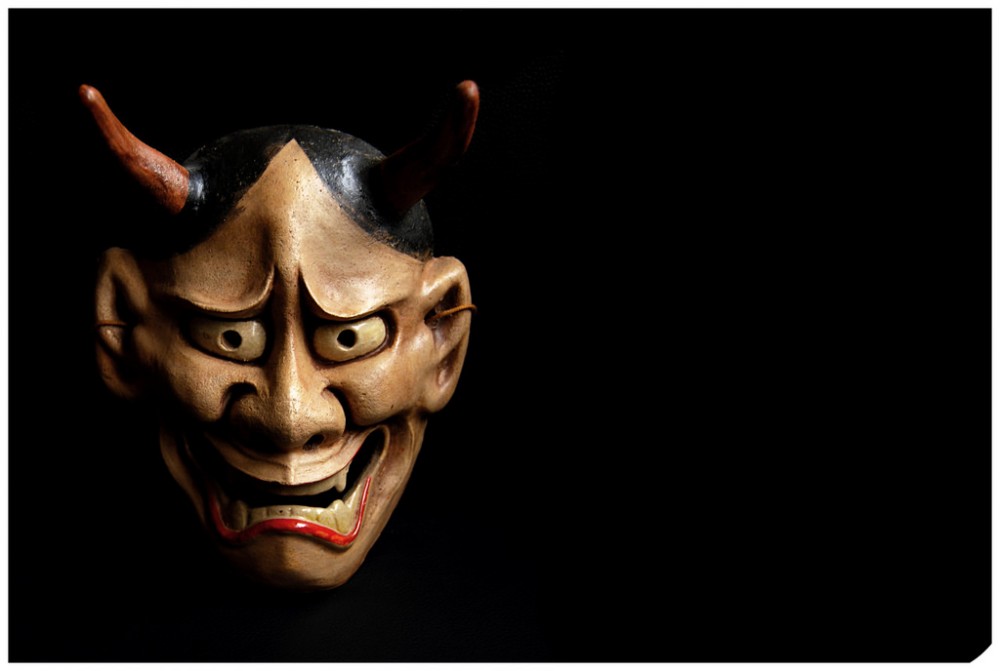
Photo by vince42. Licensed under Creative Commons. (https://creativecommons.org/licenses/by-nd/2.0/)
7. Hannya - These masks represent female demons which resembles oni, but with longer horns. These are also use in Noh theaters, often associated with eerie and jealous roles.
![]()
8. Kitsune - Kitsune means fox. Kitsunes are believed to be the other form of godess Inari's messengers. In Japanese mythology, even gods may appear as foxes. In festivals, the participants either wear kitsune masks or put-on their make ups.
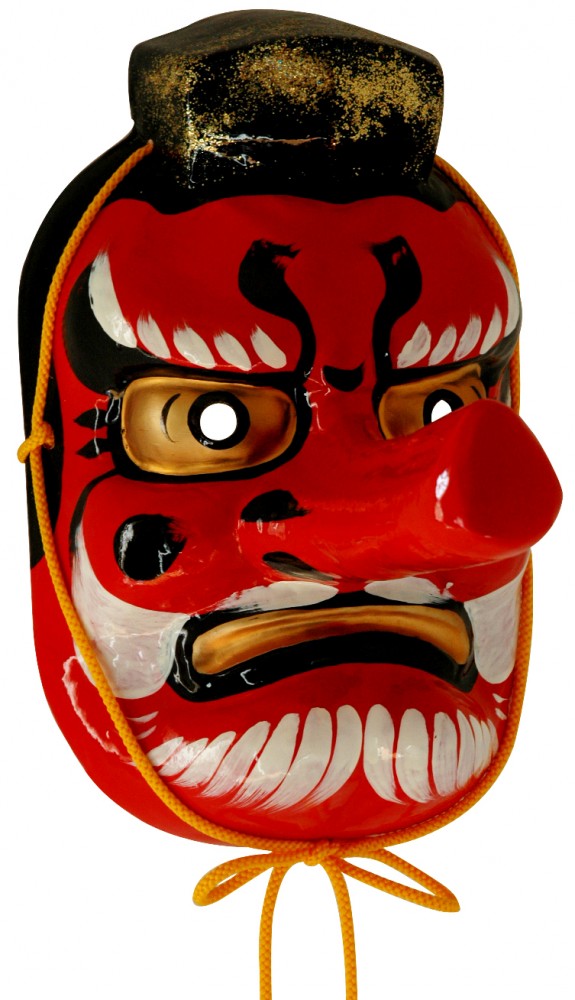
Photo by Patstuart. Licensed under Creative Commons. (https://creativecommons.org/licenses/by-sa/2.5/deed.en)
9. Tengu - Before, Tengu are believed to be mischievous demons that bring bad luck. Centuries passed, and tengu is seen now as protector of sacred forests and mountains. These red-laquered masks resemble a human with a giant nose.
